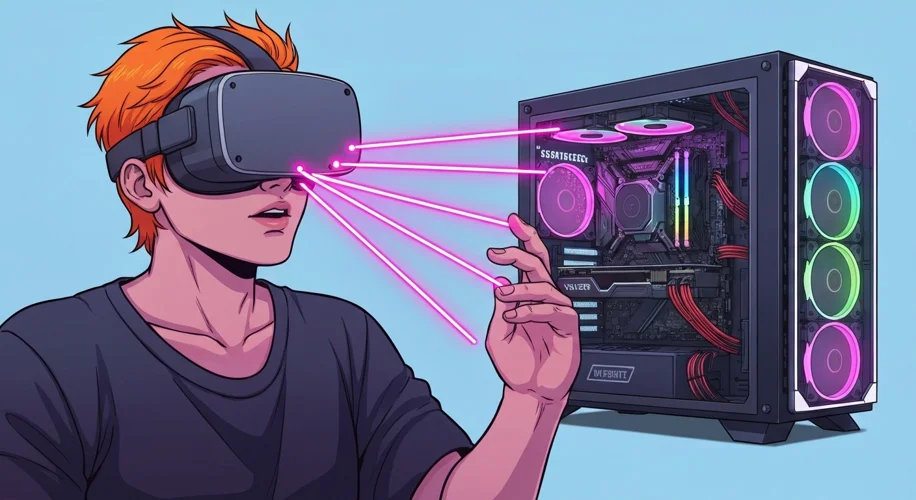Hey everyone! So, you’ve dipped your toes into the wild world of VR, and it’s awesome, right? But maybe you’ve also hit those frustrating moments – lag spikes that yank you out of the immersion, or worse, crashes that send you back to your desktop. Been there. Today, let’s talk about getting your PC to play nice with your VR headset so you can have that seamless experience we all crave.
If your setup is anything like the ‘PC VR help’ folks out there, you’ve probably got a decent rig but still run into issues. Let’s break down some common culprits and how to tackle them.
GPU: Your Visual Powerhouse
Your graphics card (GPU) is probably the biggest player in VR performance. If it’s struggling, everything suffers. First, make sure your GPU drivers are always up to date. NVIDIA and AMD push out new drivers regularly, and they often include optimizations for VR and new games. Seriously, check this first.
If you’re still getting stutters, try lowering some in-game graphics settings. VR is demanding. Things like anti-aliasing, shadows, and texture quality can often be tweaked down a notch without a massive visual downgrade but with a big performance boost. Also, keep an eye on your GPU’s temperature. Overheating can throttle performance. Good airflow in your PC case is key here.
CPU: The Brains of the Operation
While the GPU handles the visuals, your CPU (central processing unit) manages game logic, physics, and sending all that data to your GPU. If your CPU is maxed out, it can bottleneck your system.
Close unnecessary background applications before launching VR. Browsers with a million tabs open, streaming software, or even some antivirus programs can hog CPU resources. You might need to check your Task Manager (Ctrl+Shift+Esc) to see what’s eating up your processing power. If your CPU is consistently hitting 100%, it might be time to consider an upgrade down the line, but for now, reducing background load is your best bet.
RAM: Your System’s Short-Term Memory
RAM (Random Access Memory) is crucial for loading textures and assets quickly. VR games can be memory-intensive. For a good VR experience, 16GB of RAM is generally the sweet spot, though 32GB is even better for more demanding titles.
Again, closing background apps helps free up RAM. If you’re constantly running out, you might see longer load times or even stuttering as your system struggles to manage everything. Ensure your RAM is running at its rated speed in your BIOS settings if it’s not already set to do so – sometimes called XMP profiles. This is a small tweak that can make a surprising difference.
Internet Connection (Especially for Wireless VR)
If you’re going wireless with something like Virtual Desktop or Air Link, your Wi-Fi network is critical. A weak or congested signal will lead to lag and visual compression artifacts.
Ideally, use a dedicated 5GHz Wi-Fi network for your VR headset. Avoid using public Wi-Fi or crowded networks if possible. Some routers have a

